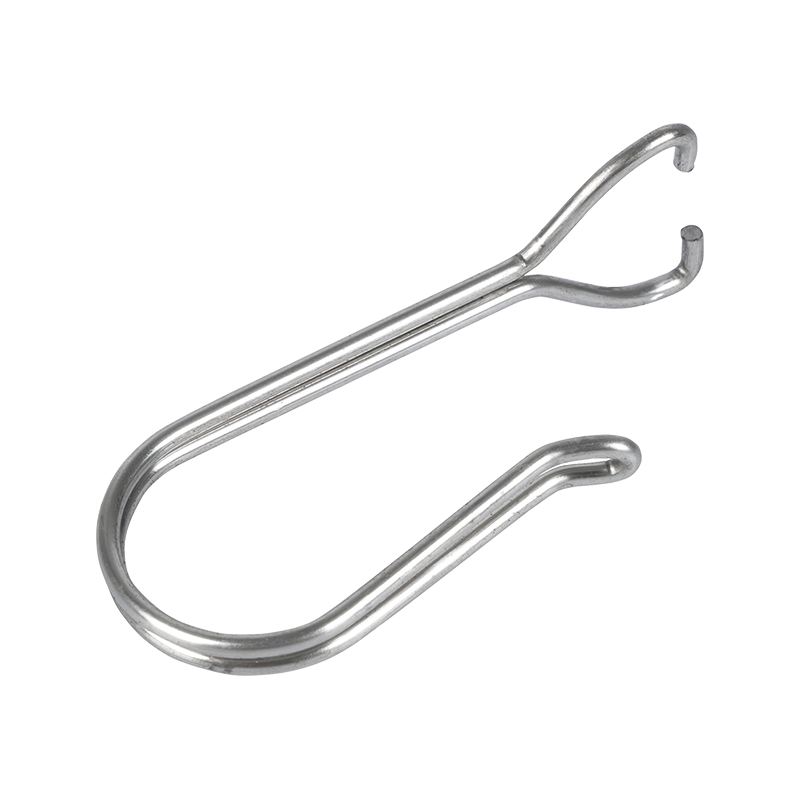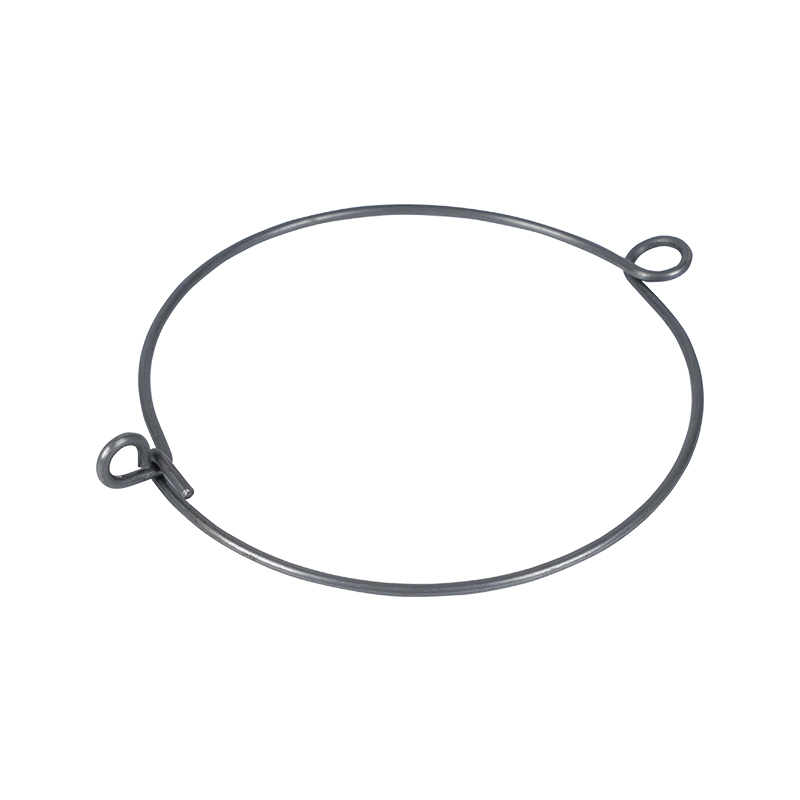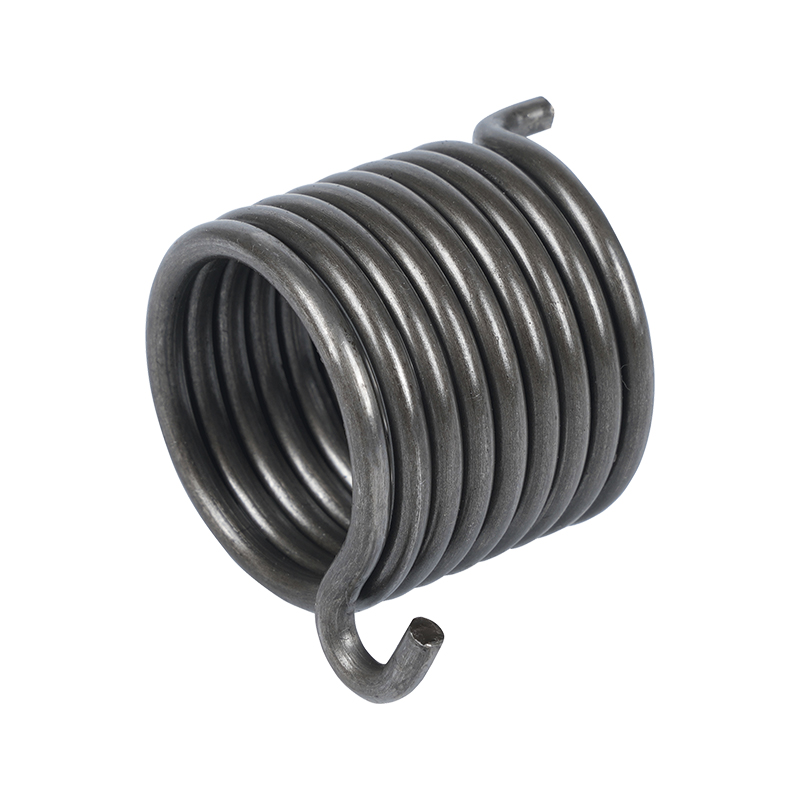The Essential Characteristics of Materials for Wire Stamping
Custom wire stamping Supplier Manufacturer

Wire stamping is a precise and widely used process in the manufacturing industry, involving the shaping and forming of metal wire into various components. This process demands a thorough understanding of the material properties that affect the quality and efficiency of the stamping procedure. Among the critical factors influencing wire stamping are the strength, ductility, and work hardening behavior of the materials used. By carefully selecting the right material, manufacturers can ensure a consistent and efficient production process. In this article, we will examine the key characteristics of materials suitable for wire stamping, focusing on how these properties influence the final product and the overall success of the stamping process.
One of the important material characteristics of wire stamping is strength. The strength of the wire material determines its ability to withstand the pressures and forces involved during the stamping process. A material that is too weak may deform unpredictably or break during stamping, causing material waste and operational downtime. On the other hand, a material with excessive strength may require higher stamping forces, which could cause tool wear or cause the wire to crack. Therefore, selecting a material with an appropriate balance of strength is essential for optimizing the wire stamping process.
Alongside strength, ductility plays a crucial role in wire stamping. Ductility refers to a material's ability to stretch and deform without breaking, which is particularly important for applications where the wire needs to be shaped into complex geometries. Materials with good ductility are easier to form without causing cracks or fractures, making them ideal for wire stamping operations that require intricate shapes or fine details. Copper, for example, is widely used in wire stamping due to its good ductility, allowing it to be formed into small, precise components with ease.
Another important consideration for wire stamping is the material's ability to undergo work hardening. Work hardening occurs when a material becomes harder and stronger as it is deformed during the stamping process. This characteristic can be beneficial in certain wire stamping applications, where the material’s hardness increases after deformation, improving its wear resistance. However, excessive work hardening can also cause material brittleness, making the wire more prone to cracking. Manufacturers must carefully monitor the degree of work hardening that occurs during the stamping process to ensure that the final product has the desired mechanical properties.
The surface finish of the wire is another factor influenced by the material's characteristics. The surface finish is vital for many wire stamping applications, particularly those in the electronics and automotive industries, where aesthetics and functionality are critical. Materials like stainless steel and brass are commonly used in wire stamping because they can achieve a smooth, clean surface finish without the need for extensive post-processing. A smooth surface is not only important for visual appeal but also plays a role in reducing friction and improving the performance of stamped components.
Temperature resistance is another key material property to consider when selecting wire for stamping. In many applications, the wire will be exposed to high temperatures during the manufacturing process or in its final application. Materials with higher temperature resistance are necessary for wire stamping operations that involve heat treatment or components that will be used in high-temperature environments. Alloys like steel and certain types of copper are often chosen for their ability to maintain their strength and formability at elevated temperatures, making them well-suited for high-temperature wire stamping applications.
The cost-effectiveness of materials is also a consideration in wire stamping. While some materials, such as high-grade alloys, may offer good mechanical properties, they can also be expensive. Manufacturers must weigh the cost of materials against the performance requirements of the wire stamping process. By selecting materials that offer an appropriate balance of cost and performance, companies can optimize their operations and reduce production costs while still meeting the necessary standards for strength, ductility, and other key characteristics.
In addition to these material properties, the availability of the wire material is another practical consideration. Materials that are widely available and can be easily sourced are often preferred for wire stamping operations, as they reduce lead times and increase the flexibility of the manufacturing process. Materials like aluminum and steel are commonly used in wire stamping due to their widespread availability and ease of processing.
In conclusion, wire stamping is a highly dependent process on the material properties used. The strength, ductility, work hardening behavior, surface finish, temperature resistance, and cost-effectiveness of the wire material all contribute to the success of the stamping operation. By understanding the characteristics that make a material suitable for wire stamping, manufacturers can ensure that their production processes run smoothly, efficiently, and cost-effectively. As the demand for complex, high-performance components continues to rise, the role of material selection in wire stamping will remain crucial to the advancement of manufacturing technologies.


 English
English русский
русский Español
Español











